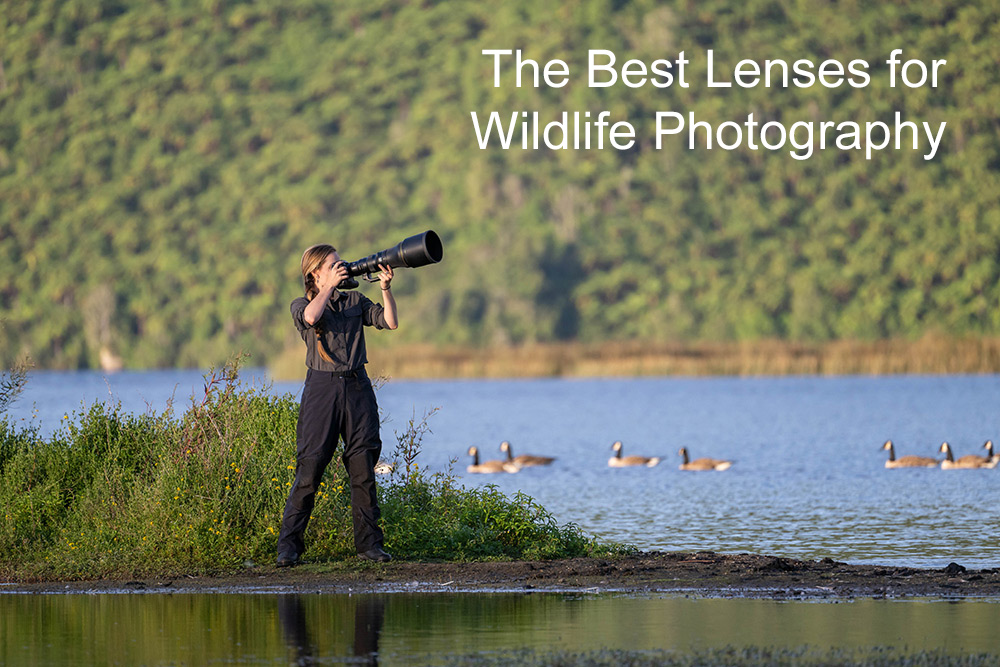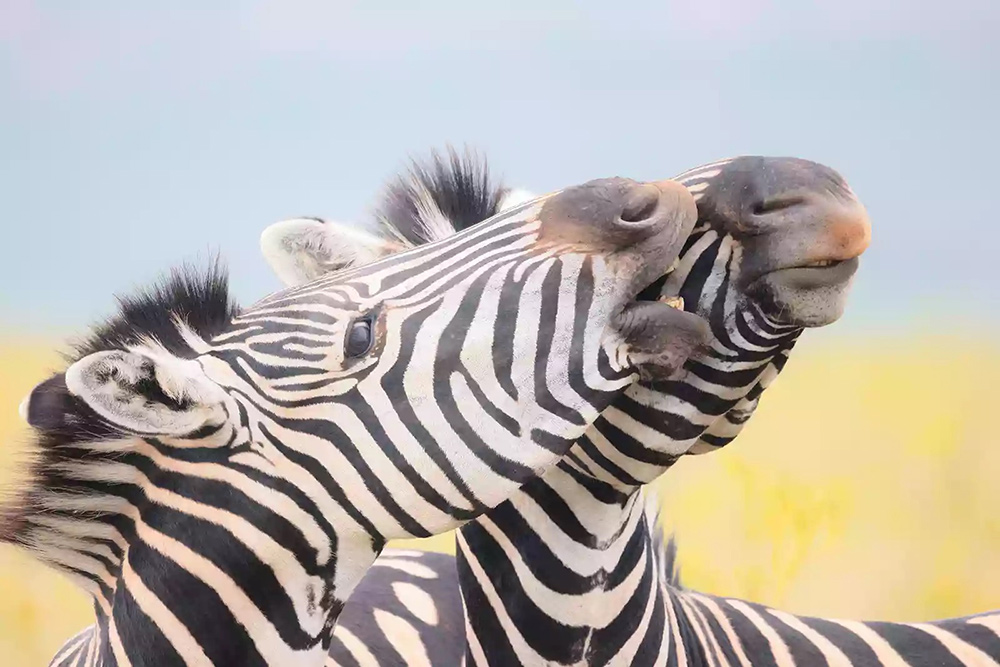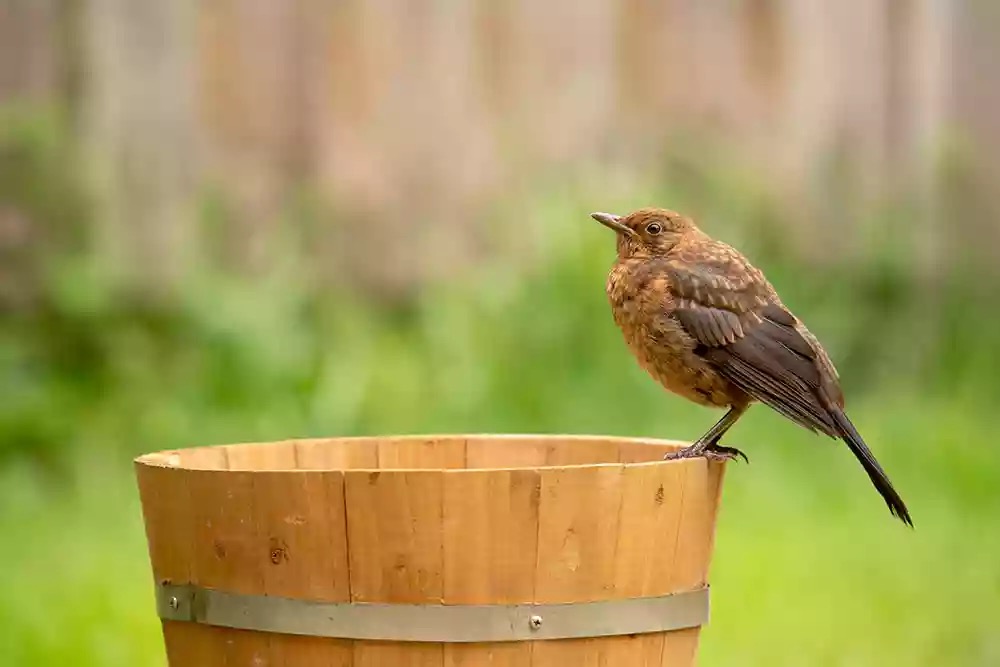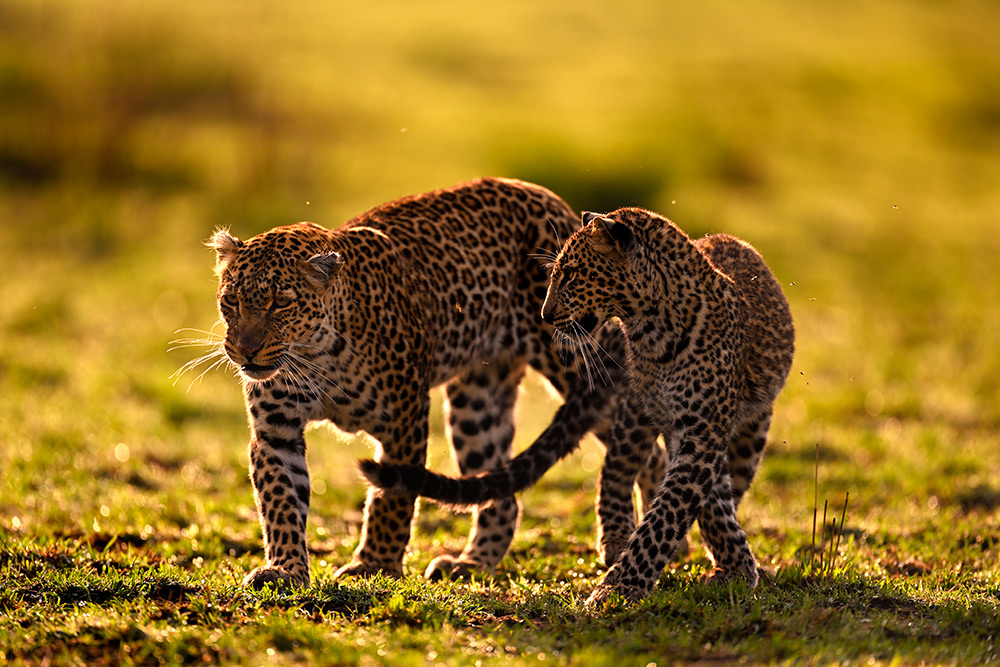- Call us: 01444 237070
- Contact Us
- Stores
- Sign In / Register
-
- Back
- Used Cameras
- Used Lenses
- Used Video
- Used Film Equipment
- Used Stock Alert
- Used Accessories
- Recently Added Used Equipment
- Used Clearance
- Faulty
- Park Picks
- Sell or Part Exchange
- Trade-In
- Blog
- New in
- Call us
- Contact us
- Stores
- Sign in
- Categories
- Tips & Inspiration
- Reviews
- News
- Events
- Features
- Buying Guides
- Competitions
Wildlife Photography the Best Sony Cameras and Lenses
Wildlife photography is extremely popular with photographers of all skill levels, many of whom enjoy finding creative opportunities to capture local wildlife images, both in the city and closer to nature. Photographing the perfect moment takes patience, but it also needs the right lens in order to highlight your subject within the frame.

If you’re just starting out, it can be tricky choosing the best lens for wildlife photography. There are a number of options with different focal lengths, many with variable apertures, and you also need to consider whether a prime or zoom lens is best for you.
Our guide has everything you need to choose the perfect lens to capture breathtaking wildlife photos, regardless of whether you’re a beginner or advanced enthusiast looking for a second lens.
What Makes a Lens Good for Wildlife Photography?
There are a number of factors to consider when choosing lenses for wildlife photography. While there is no single best choice, there are several universal features which are consistently found in good lenses for wildlife photography.
On the whole, wildlife subjects are relatively far away from the photographer, particularly when photographing birds, deer and other shy creatures. For this reason, the best camera and lens for wildlife photography need to provide the greatest reach, or longest focal lengths. This means choosing:
- A long focal length, such as a 100-400mm, 200-600mm and even 800mm prime lenses and longer
- Optical stabilisation helps to capture sharper shots at slower speeds, which is particularly important during low light photography
- A wide aperture gathers light and is key to getting bright photos
- Compact size and light weight are extremely desirable and make it easier to shoot handheld, which helps you stay more agile to compose images quickly
- Fast autofocus is a great feature for quick moving wildlife subjects
- Weather sealing is useful when shooting during inclement conditions
It’s worth noting that all lens manufacturers design their own specific focal lengths according to each camera brand.

Zebras photographed using the Canon RF 800mm F/11 IS STM lens
How to Choose the Best DSLR Lens for Wildlife Photography
When choosing the best DSLR lens for wildlife photography, you should take into account your most desirable features from the list above and tailor it to your budget. Typically, long focal length prime lenses with a bright aperture will cost more than a variable aperture zoom lens.
With this in mind, the Sigma 150-600mm F/5-6.3 DG OS HSM lens is a great all-rounder for Canon DSLRs. It provides a versatile super telephoto zoom range, weather resistance and stabilisation for a modest price of £849.00. Also made for Canon, the updated mark II Canon EF 100-400mm f/4.5-5.6L IS II USM lens delivers premium L-Series optical performance, image stabilisation and weather proofing.
For Nikon DSLR cameras, the Nikon AF-S 200-500mm F/5.6E lens provides high-performance, 4.5-stops of vibration reduction (VR) and an excellent optical design. A more budget-friendly option is the Nikon AF-P 70-300mm F/4.5-5.6E ED VR lens, which combines a decent zoom range with fast autofocus and costs just £629.00.

Wild hare photographed with Sigma 150-600mm F/5-6.3 DG DN OS Sports Lens For Sony E
The Best Prime Lens for Wildlife Photography
Prime lenses are generally lighter than equivalent zooms, with faster autofocusing (AF) and slightly sharper results, although many newer zoom lenses defy these benefits. The best prime lenses for wildlife photography include:
- Canon mirrorless camera users are able to choose between affordable prime lenses, such as the RF 600mm F/11 IS STM, and more premium optics, such as the RF 400mm F2.8 L IS USM lens.
- The Nikon Z 400mm F/4.5 VR S lens is one of the more affordable primes for Nikon mirrorless Z cameras, with everything you need to capture a variety of wildlife subjects. For more distant animals and birds, consider the Z 800mm F/6.3 VR S lens, which adds a huge focal length and relatively bright aperture.
- The micro four thirds system is popular due to being extremely lightweight and the Olympus M.Zuiko Digital ED 300mm F/4 IS PRO lens is often regarded as one of the most capable prime options by wildlife photographers.

Bird photographed with Sigma 150-600mm F/5-6.3 DG DN OS Sports Lens For Sony E
The Best Sony Lens for Wildlife Photography
Many wildlife photographers embrace Sony cameras due to their advanced Animal AF, which helps to capture sharp images of their subjects. Sony has a number of brilliant lens options, including the FE 200-600mm F/5.6-6.3 G OSS lens, which is arguably the best Sony lens for wildlife photography.
Although it costs slightly more than the 200-600mm, the Sony FE 100-400mm F/4.5-5.6 GM OSS lens features high-end G Master optics, which deliver amazing results - even at the widest aperture.
An excellent third-party choice to consider is the Sigma 150-600mm F/5-6.3 DG DN OS Sports Lens For Sony E, which is both affordable and extremely versatile thanks to a comprehensive zoom range.

Leopards captured with the Nikon Z 400mm F/4.5 VR S Lens
The Ideal Canon Lenses for Wildlife Photography
With such an established ecosystem, there are numerous options when picking Canon DSLR lenses for wildlife photography, including plenty of high-quality used Canon lenses. One of the more versatile options is the EF 200-400mm F/4L IS USM Lens with 1.4x Extender, but at the top end of the price scale at £11,749.00, this lens tends to be favoured by professionals. . A more budget-friendly lens is the EF 28-300mm F/3.5-5.6L IS USM, which provides a truly versatile wide angle to telephoto zoom range, ideal for photographing diverse wildlife subjects.
Wildlife photography can be extremely rewarding, gets us out into nature and provides the opportunity to photograph beautiful animals and birds throughout the UK and beyond. Whether you choose a prime or zoom lens, finding the right one will have you well on your way to capturing the very best shots.
Browse our huge range of lenses today to find the perfect one for you and head out into the great outdoors to capture wildlife photos to impress any audience.
Share this post:
By Park Cameras on 01/11/2022

Trade in your old equipment
Fast and easy trade in service ensures your old gear is collected efficiently and you are paid quickly! It's very simple to trade in your unwanted photography gear. Just head over to our dedicated Sell or Part Exchange page, fill out the details, and we'll get back to you with an offer for your old gear. Take the cash, or put it towards the cost of your new gear. It's up to you! Find out more
sign up to the newsletter
Keep up to date on the latest photography news, events and offers. Sign up now
